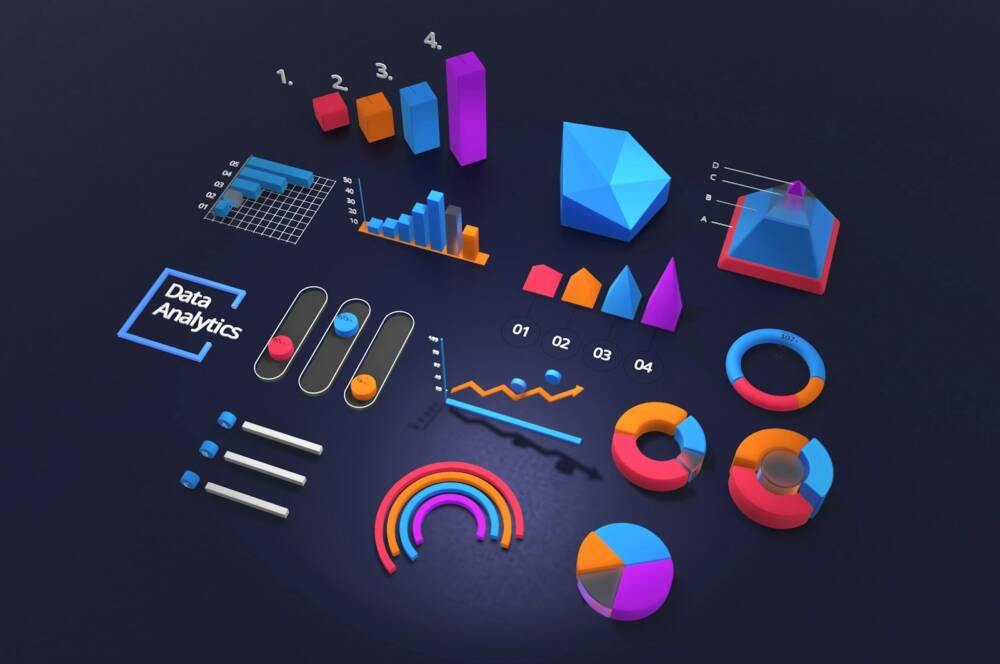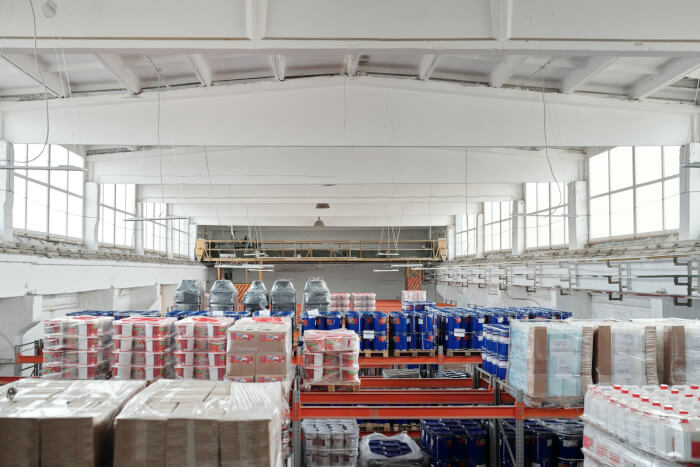Digital Twins: A Transformative Force in Today’s Business Landscape. How Implement Digital Twins in My Business?
In our rapidly advancing technological era, the concept of digital twins has emerged as a disruptive force revolutionizing various industries. While the global pandemic might have momentarily hindered the growth of the digital twin market, it also spotlighted their potential to mitigate crises’ effects in specific sectors. As markets rebound, the surge in digital twin adoption is predicted to persist. Understanding this potential is not only vital to remain competitive but also crucial for fostering growth across diverse sectors, ranging from manufacturing and transportation to healthcare. However, enterprises must remain cognizant of the challenges entailed in adopting this groundbreaking technology.
Defining Digital Twins
Digital twins are virtual replicas of physical assets or systems, meticulously created by amalgamating data sourced from sensors, Internet of Things (IoT) devices, and other digital frameworks. This data is harnessed to replicate the behavior and performance of tangible assets, thereby enabling businesses to oversee and optimize operations. The spectrum of objects that can be subjected to this virtual mirroring encompasses individual machines and equipment, entire structures, and even entire urban landscapes.
Advantages of Integrating Digital Twins into Business Strategies
Digital twins offer a paradigm shift by materializing real-time data into simulations and predictions about object or process behaviors. This technological marvel bestows a host of substantial benefits on businesses, including:
- Enhanced Efficiency and Productivity: Digital twins have the potential to fine-tune asset performance, lending insight for business decisions and bolstering operational efficiency. For instance, Siemens effectively harnessed digital twins to model gas turbine production, resulting in the preemption of potential issues, leading to substantial resource conservation. This approach, transcending mere efficiency gains, enables waste reduction, optimal resource utilization, and steadfast compliance adherence. Factory operations, overseen by an array of sensors, relay data to an enterprise cloud, culminating in a bespoke digital twin. This information is easily accessible to on-site personnel via handheld devices, facilitating data analysis, collaborative troubleshooting, and information exchange.
- Cost-Efficiency: Digital twins’ computational prowess excels in identifying energy-efficient production methods, slashing energy expenses, and curbing carbon emissions. In the construction realm, digital twins have been instrumental in ameliorating project planning, thereby substantially cutting down costs.
- Heightened Safety and Risk Management: By simulating the actions of assets under diverse scenarios, digital twins enable enterprises to identify potential hazards, minimizing risks and elevating safety standards. Automotive giant Renault employs digital twins to fashion virtual prototypes of cars, commencing from initial design through to an exhaustive model of each technological constituent. This approach streamlines safety assurance and precipitates requisite modifications even before production is underway.
- Informed Decision-Making and Problem Solving: Leveraging the expansive data and insights facilitated by digital twins, businesses can make informed decisions across industries. In the healthcare sector, these digital counterparts contribute to understanding dynamic health changes, ultimately aiding in the formulation of improved treatment modalities.
- Predictive Maintenance: Businesses can harness digital twins’ capabilities to anticipate equipment malfunctions, avert downtime, and extend equipment longevity. Kaeser, a German compressor manufacturing and maintenance company, has embraced a service-oriented approach based on customers’ air consumption rates. Through the application of digital twins, Kaeser proactively diagnoses issues, preemptively addresses potential pitfalls, and crafts predictive maintenance strategies.
Harnessing Digital Twins in Business Strategy: A Step-by-Step Guide
- Identifying Areas for Enhancement: The primary step entails identifying sectors warranting improvement, ranging from optimizing production workflows to curtailing energy consumption.
- Crafting the Digital Twin: Following identification, the focus shifts to crafting the digital twin, an intricate process involving the creation of a virtual replica mirroring the target system, process, or object earmarked for optimization.
- Testing and Simulation: Leveraging the digital twin, potential modifications can be tested under controlled conditions. This facilitates the identification of latent issues, thereby streamlining real-world implementation.
- Analyzing Outcomes: The ensuing analysis of simulated modifications furnishes insight into their impact on facets like efficiency, sustainability, and cost savings.
- Implementation of Alterations: With the analysis complete, the implementation of changes can be initiated within the actual operational sphere. This could encompass diverse actions, from process reconfiguration to the installation of energy-efficient equipment.
- Continuous Monitoring and Refinement: Post-implementation, monitoring performance metrics and ongoing process refinement are critical. These iterative refinements drive sustained efficiency enhancements and bolster sustainability over the long term.
In Conclusion
Digital twins hold the key to a realm of advantages, encompassing risk mitigation, informed decision-making, elevated efficiency, waste reduction, heightened sustainability, and substantial cost savings. By following the structured guide delineated in this discourse, enterprises can delineate areas necessitating improvements, construct digital twin equivalents, simulate prospective alterations, analyze outcomes, execute modifications, and perpetually fine-tune operations. Leveraging digital twin capabilities enables businesses to foster persistent advancements in efficiency and sustainability, culminating in cost containment and fortified market competitiveness.
MKTPlace is a leading digital and social media platform for traders and investors. MKTPlace offers premiere resources for trading and investing education, digital resources for personal finance, news about IoT, AI, Blockchain, Business, market analysis and education resources and guides.













